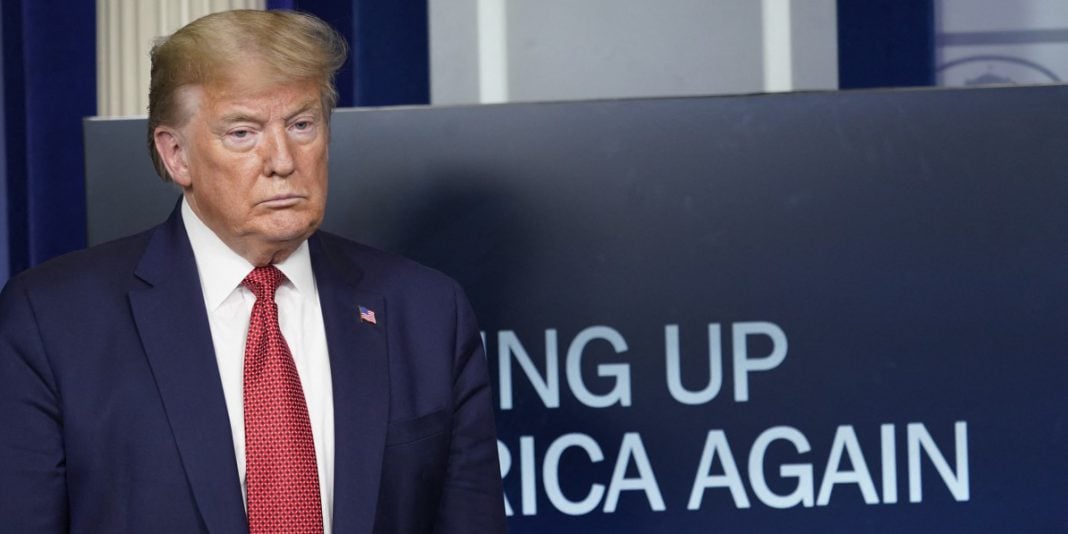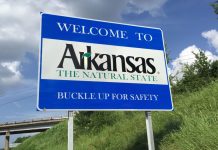President Donald Trump has issued guidance to governors on reopening state economies in the coming months in a new document published today titled ‘Opening Up America Again’. The guidelines comprise three phases that ostensibly allow states to gradually ease their lockdowns, but only on completion of a stringent gating process.
Trump has told governors that they will be responsible for handling the process, but there will be assistance from the federal government.
With regard to gating, states will have to fulfill criteria in three key areas. Reported symptoms of influenza-like illnesses and COVID-like syndromic cases will need to show a downward trend for 14 days. Documented cases and positive tests will also have to demonstrate a 14-day downward trajectory. Hospitals should be able to treat all patients without crisis care and robust testing for at-risk health workers must be in place.
Once the gating criteria has been fulfilled, states can move to phase one of the process which is largely similar to the current lockdown measures such as avoiding non-essential travel and not gathering in groups. However, large venues such as restaurants, places of worship and sports venues – and presumably casinos – can operate under strict physical distancing protocols.
Should there be no resurgence of the coronavirus, states can progress to phase two which allows non-essential travel to resume. Schools may reopen and bars can operate with diminished standing-room occupancy. Large venues will be able to operate with moderate physical distancing protocols.
A continued downward trend of symptoms will enable states to move to phase three in which public interactions with physical distancing and the unrestricted staffing of work sites will be allowed. Bars can increase their standing room capacity and large venues can operate with limited physical distancing protocols in place.
Among the first to react to Trump’s plans was Union Gaming analyst John DeCree who, quoted by Seeking Alpha, believes US casinos could open if the White House’s phase one guidelines for large venues are met.
“Even some revenue would help mitigate cash burn such as interest and rent expense to some degree,” he said. “This would help extend liquidity runway, alleviate balance sheet pressure, and preserve equity value. Some re-openings would also provide early insight into initial consumer behavior that would be valuable in forecasting what a larger reopening and recovery would look like.”
DeCree went on to say that partial openings could be especially helpful for regional players like Red Rock Resorts, Monarch, Golden Entertainment and Twin River that derive a significant portion of revenue from local customers.
Where the measures leave US sports remains open to interpretation. While each phase makes reference to sporting venues being able to open under varying degrees of physical distancing, President Trump stated only last week that leagues will likely resume in a ‘made for television’ format.
According to Trump, the guidance is based on discussions with an advisory group comprising top sports executives and commissioners as part of the administration’s “Open Our Country” task force. The sports council held its first conference call last Wednesday, addressing preliminary plans to resume activities following the industry-wide shut down in mid-March.














